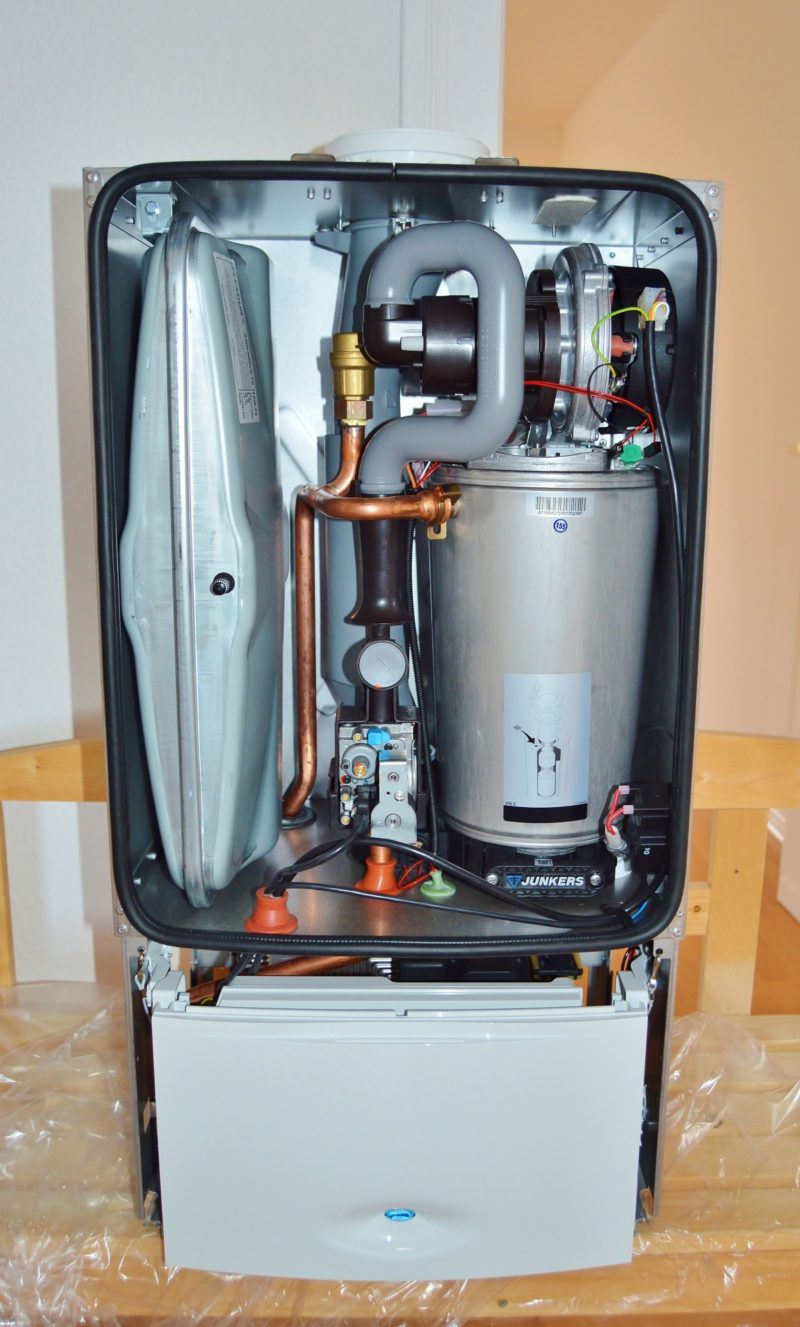Are you wondering what are the parts of a water heater? This place helps you learn the features of a water heater. The water heater comprises various pieces that work to keep things running smoothly. We’ll go through the many sections of a typical water heater in this article to offer you knowledge of the technology that produces the hot water you use every day.
The tank is an essential part of the gas water heater.
That’s the enormous water-holding container. A dip tube that runs from the top of the water tank to the bottom brings chilly water into the tank. Then water in the tank heats up and gets to the surface, in which it is discharged through the outlet pipe and transported through the house. There should be a closed valve on the cold water pipe that reaches the tank. Continue to reading to learn more.
Major Parts Of A Water Heater
What are the parts of a water heater? The components of a water heater all have to understand if you want to understand the fundamentals. The main features are gasoline, petroleum, and electric water heaters. Read the below-mentioned major parts in detail to learn the elements of a water heater.
#1. Water storage tank
The most volume of water holding tank warmers have carbon steel tanks. However, some types, like the Rheem, have a plastic tank, and Canon does have a stainless steel reservoir. An anode rod, rust prevention, and routine maintenance are all automatically eliminated with this design. Water heaters with steel tanks must have a glass liner and anode rods because of the corrosion attack of the liquid.
The storage tanks’ primary function is to retain boiled water. Manufacturers coat tanks with insulating to keep the boiled water hotter for lengthier. This unit becomes much more effective due to the more excellent insulation. Fiberglass and polyurethane foam were standard insulation options, with 2 & 3 inches thicknesses. The primary function of the holding tanks is to keep boiled water warm. Tanks are insulated to keep the boiled water hotter for longer. The device is also more efficient due to the more excellent insulation.
#2. The anode rod
Tanks include one or two magnesium or aluminum anode rods to prevent bare metal from corrosion.
Anti-corrosion anode rods and cathodic protection rods are two terms for the same thing. Tanks with extended warranties (ten years or more) sometimes include two rods for additional safety. Magnesium anode rods were ideally suited for usage in mild water. An aluminum anode rod is excellent for the gadget if you have hard water. Sulfolobus germs can build up in a hot water system tank. In the addition of magnesium, this bacteria flourishes in heated water.
#3. Water shut-off valve
The water heater’s incoming water supply pipe comes from a softener or cooling system rather than the central route. Just on the supply-side close to the water heater, there ought to be a cooling water shut-off valve so that you may switch off the water in instances of maintenance or renewal. On the other hand, keep in mind that cleaning your unit will help keep the quality of the parts. Thus, here’s how to clean a wall heater. Regardless, read on.
#4. The inlet and outlet valve
A dip tube carries ice water from the entrance at the top of the water tank to the tank’s base. That is to prevent the hot water from being cooled by the ice water. Its top vent lets boiled water out of the tank. Sometimes, the inlet and output pipes will be inverted because there’s not a dip tube, the chilly water to enter the tank directly at the top. When somebody uses the bathroom, a blast of freezing water will greet them.
#5. The pressure and temperature relief valve
A relief valve, commonly known as a temperature-pressure relief valve, is required across all heated water heaters.
If somehow the temperature or pressure in the reservoir becomes too high, the TPR allows moisture to pass. This part acts as a safety precaution to prevent the tank from exploding. It should be positioned between six inches of the top of the water tank or on the vessel’s side. If you notice a relief valve on the heated water line above the tank, it’s likely an old tank that needs replacing. It’s no longer appropriate and safe.
#6. Controllers and thermostat
Heated water heaters were intended to provide water at 140 ° f and include a thermostat adjusted to suit individual preferences. Typically, an average temperature of 116 to 120 ° is healthier and has a much more low energy consumption. Use the screwdriver to change the thermostat on water heaters. The control unit of a gas water heater has a dial or knob thermostat.
#7. The drainage valve
You should install a drain valve at the bottom of every water heater. For several periods annually, you must empty a few gallons of water of the tank to remove any muck or particle accumulation. On the other hand, you may want to read related articles; know how long a pool heater lasts.
It’s A Wrap!
We are happy to know that you have learned what are the parts of a water heater. We have to explore seven essential features of a water heater. Each region has its function, knowing that each part of the water heater helps you fix it yourself. It’s best also to understand why it won’t my heater turn on. Thank you, friends, for staying with us

